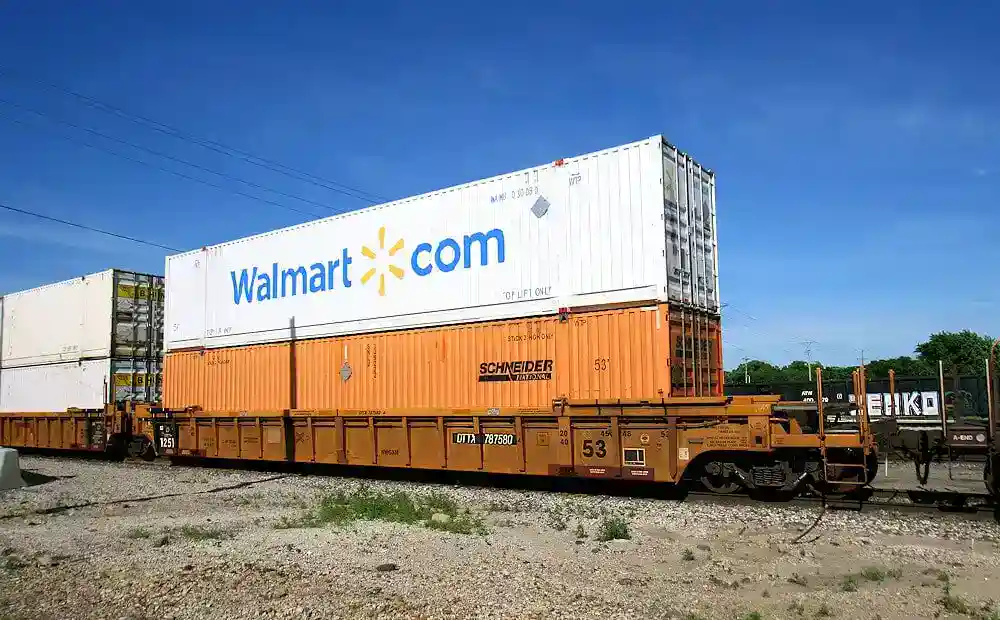US Retailers Face A Sea Of Troubles: Impact Of Shipping Crisis
With the impact of COVID-19 slowing down supply chains, are US retailers and consumers ready to handle the holiday demand and deliver on their promise to customers this Christmas. Find out how US Retailers must plan to cope with Holiday season’s demands and cater to their customers with globally slowed supply chains.
Recap of pandemic days: When the world was in chaos
Looking back a year, there was an economic recession followed by the pandemic outbreak, which resulted in economies around the world shutting down and sudden unemployment looming in even developed countries. Those were the times when import prices were at 5 years low, with rarely ships waiting even near the busiest ports of Los Angeles and Long Beach terminal. The consumer spending of all non-essential sectors was at historic lows, with retail being the major sector hit hard as brick-and-mortar stores were shutting down left right and centre!
A new consumer trend is here! How the plates have changed.
Fast-forwarding back to today, the scenario has taken a U-turn and consumer spending in the retail sector has bounced back than expectations. To quantify this, year-on-year retail sales have jumped by 15% and the trend is seen in upward traction as the month-on-month sales for august went up to 0.7% according to the Commerce Department. The service sector spending is still slowed down by Delta variant in loose, other non-essential sectors like toys and furniture are seeing a significant boom in demand with consumers shifting their holiday shopping more to goods.
Is US shipping lines ready for the holiday rush?

While even the supply side is ready to cater to this huge demand, the US supply chains on the other side are still coping up to handle such huge demands, especially the shipping lines. According to reports from Reuters, more than 60 container ships carrying holiday season goods like clothing, furniture, and electronics worth billions of dollars are stuck outside Long Beach and Los Angeles terminals. According to GoComet’s Port Congestion Data, the port congestion of major US seaports viz. Long Beach in the first week of October’21 was 12 days (avg.) and congestion at Los Angeles was 10 days (avg.), indicating that the situation is still yet to recover from congestion.
Bull whip effects: How small delays lead to huge losses!
There are several reasons why US ports are unable to mitigate port congestion despite months of efforts put into resolving this issue. Supply chain is a complex structure interlinking shipping lines, trucks, and rail lanes where the consignee tied up to the end feels the increase in lead time to the greatest extent. With a lack of truck drivers available to transport the goods at the right time, containers are left unattended in docks for several weeks and the warehouses are stocked up till the brim with nowhere to go.
Besides this, while the shipping rates are lower compared to the previous month’s record levels, still the rates are way above the pre-pandemic period. A 40 ft container from China to the US which typically costs around 5000$ USD has now reached as high as 20,000$ USD under spot rates.
How can Retailers tackle port congestion, this holiday season?
US ports are running short of labourer’s, can working 24×7 like Asian ports resolve this congestion? While those can be long term action plan which requires government plans and intervention, there are logical measures which retailers can take to mitigate the effects of port congestion on their end.
- Retail businesses need to do a complete assessment of supplier’s supplier till the sourcing and procurement point to identify where does the delay occur initially, choosing suppliers based on it can be a wise short-term action plan.
- While Chinese ports are still prone to congestion and are recovering from COVID-19 outbreaks, retailers can opt for suppliers from non-impacted regions. If you want to move freight, don’t worry about port congestion. Move the ports instead!
Though the import rate from China has reached a skyrocketing level, other Asian ports are still hovering around affordable levels. You can check out our live Sailing Schedules to get updated vessel schedules on new routes along with live market rates powered by GoComet Freight Index. - Retailers can also monitor their major port delays every week and take data-backed decisions for their shipments in line. You can check live congestion across major ports in the USA, Europe or anywhere in the world with our port congestion online tool.
- While Chinese ports are still prone to congestion and are recovering from COVID19 outbreaks, retailers can opt for suppliers from non-impacted regions. If you want to move freight, don’t worry about port congestion. Move the ports instead!
Though the import rate from China has reached a skyrocketing level, other Asian ports are still hovering around affordable levels. You can check out our live Sailing Schedules to get updated vessel schedules on new routes along with live market rates powered by GoComet Freight Index
Meanwhile, retail giants like Costco and Walmart are resorting to costlier options like private charters for replenishing store stocks ahead of holiday shopping for Christmas, mid-sized retailers may find themselves in a tough spot, but they can still take advantage of the above strategies.
Anything is better than waiting at docksides and trucking lines for goods to arrive.
